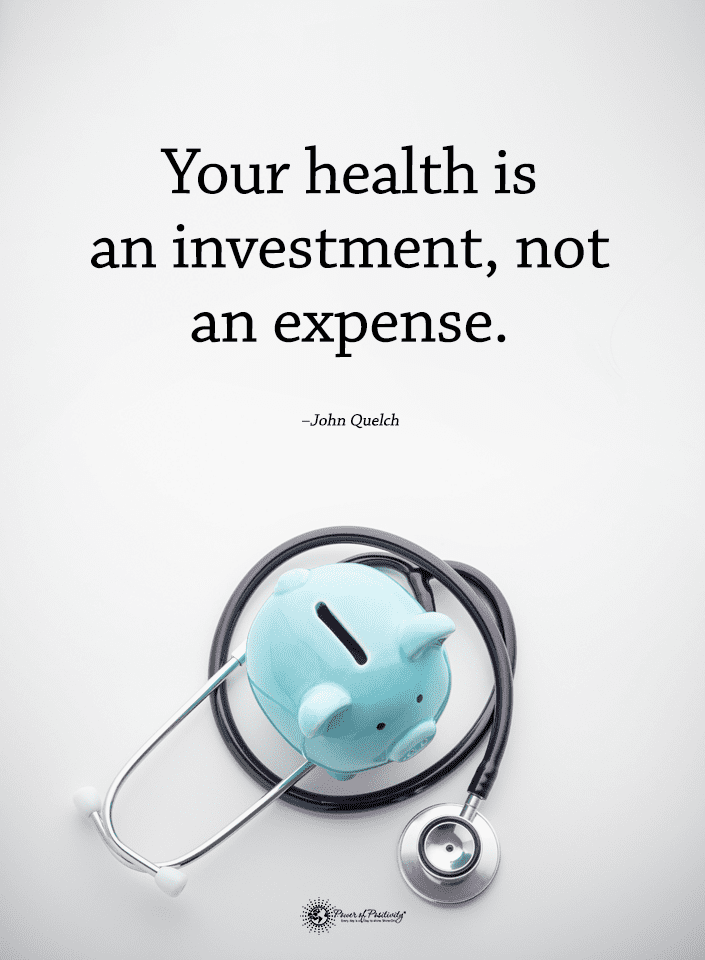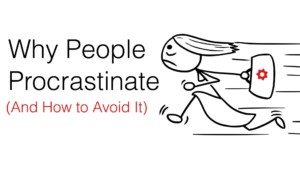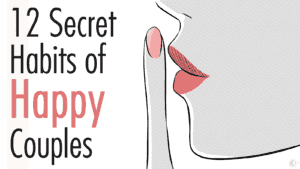Artificial fragrances may smell amazing, but they contain chemicals that have incredibly harmful effects on the body.
Surprisingly, the products in most homes are a source of synthetic scents and chemicals. Manufacturers pack these chemicals into air fresheners, shampoo, candles, dryer sheets, detergents, and many other products that produce an appealing scent.
Some of the common chemicals found in these products are carcinogens, aldehydes, and toluene.
These chemicals can lead to the dangers of synthetic scents, including serious problems such as cancer, congenital disabilities, and allergic reactions. Any of these products can cause rashes and other uncomfortable skin issues. These health issues aren’t something that will occur right away.
The problems sometimes take many years to become evident; by then, it is too late.
Knowledge Is Power: Scan the Product Label for Synthetic Scents
When an ingredient list says “parfum,” it likely contains one or more chemicals associated with synthetic scents. The word “parfum” or “perfume” can refer to any of more than 3,000 chemicals. Unfortunately, manufacturers do not need to specify which chemicals they include. Not only is this unfair to consumers, but it also puts consumers at an even higher risk since there is no way to find out what chemicals are being put into the air or onto their skin.
The dangers of synthetic scents are too much to continue risking the health of everyone in the home so any natural product would be a preferred alternative. Pay close attention to any products you use because artificial fragrances come in the most surprising products.
Products, Dangers, What to do Instead
So what are you to do if you find these ingredients in your favorite products? Read on to learn more.
Products that Contain Synthetic Scents
So many everyday household products contain artificial fragrances. Many fly under the radar because we assume the products are safe. In reality, however, these products harm our families in many ways. To eliminate these artificial fragrances, every ingredient label in the home must be examined. Some of the products that are a culprit are as follows:
- Lotions
- Serums
- Shampoo
- Conditioner
- Scented candles
- Wax melts
- Dryer sheets
- Laundry detergent
- Dishwashing detergent
- All-purpose cleaners
- Make-up
- Air fresheners
- Plug-ins
- Deodorant
- Soap
- Sunscreen
- Perfume, cologne, or body spray
- Scented baby wipes
- Bubble bath
- Body scrub
Dangers of Synthetic Scents
Artificial fragrances can lead to many health concerns. While these health problems likely won’t be noticed immediately, they can cause problems years later. Some of the health problems that may link to artificial fragrances are:
- Cancer
- Autism in children
- Congenital disabilities
- Decreased sperm counts
- ADHD
- Severe allergic reactions
- Rashes
- Kidney damage
- Liver damage
- Asthma
- Other respiratory problems
Use These Products Instead
Luckily there are natural ways to make a home smell pleasant without exposure to the dangers of synthetic scents, though.
These ideas will make your home smell just as fine as the artificial fragrances. The best part is, you will get the scent without any of the health risks. Some of these natural methods are:
1 – Essential oils
Using steam distillation, technicians extract the essence of the leaves, stems, flowers, and seeds of plants into essential oils. You place a few drops in a diffuser to permeate the air with the sweet fragrances.
They smell fantastic and offer a myriad of health benefits. Learning more about essential oils, how to use them, and the health benefits are well worth the effort!
2 – All-natural candles
Makers integrate the essential oils mentioned above into candles crafted from natural sources like beeswax and soy. They insert natural wicks. As the flame burns, the wax melts and release the scent of the essential oils into your room.
3 – Opening windows for fresh air and natural scents
Here’s an age-old solution we sometimes forget in our air conditioning and heated air homes. Open up your windows! Let the stale odors out and the fresh air and smells of nature in. Mother Nature is at your service!
Final Thoughts on Avoiding Synthetic Scents
Having a home that smells fresh and clean is desirable, but it can be potentially dangerous. Many times the scents that make the home smell so good are artificial fragrances. These synthetic fragrances are full of chemicals that lead to many severe health issues. It is essential that we protect our families by minimizing exposure to unhealthy chemicals, and eliminating these highly dangerous indulgences can immensely lessen the exposure.
So many products that we use every single day, sometimes multiple times a day, are harming our families. Even our everyday shampoo, conditioner, and soap have dangerous effects on our bodies that could cause cancer, kidney and liver failure, congenital disabilities, and many other serious health or behavioral issues.






 12. Not Working On Yourself
12. Not Working On Yourself Final Thoughts on Habits That Limit Potential
Final Thoughts on Habits That Limit Potential






